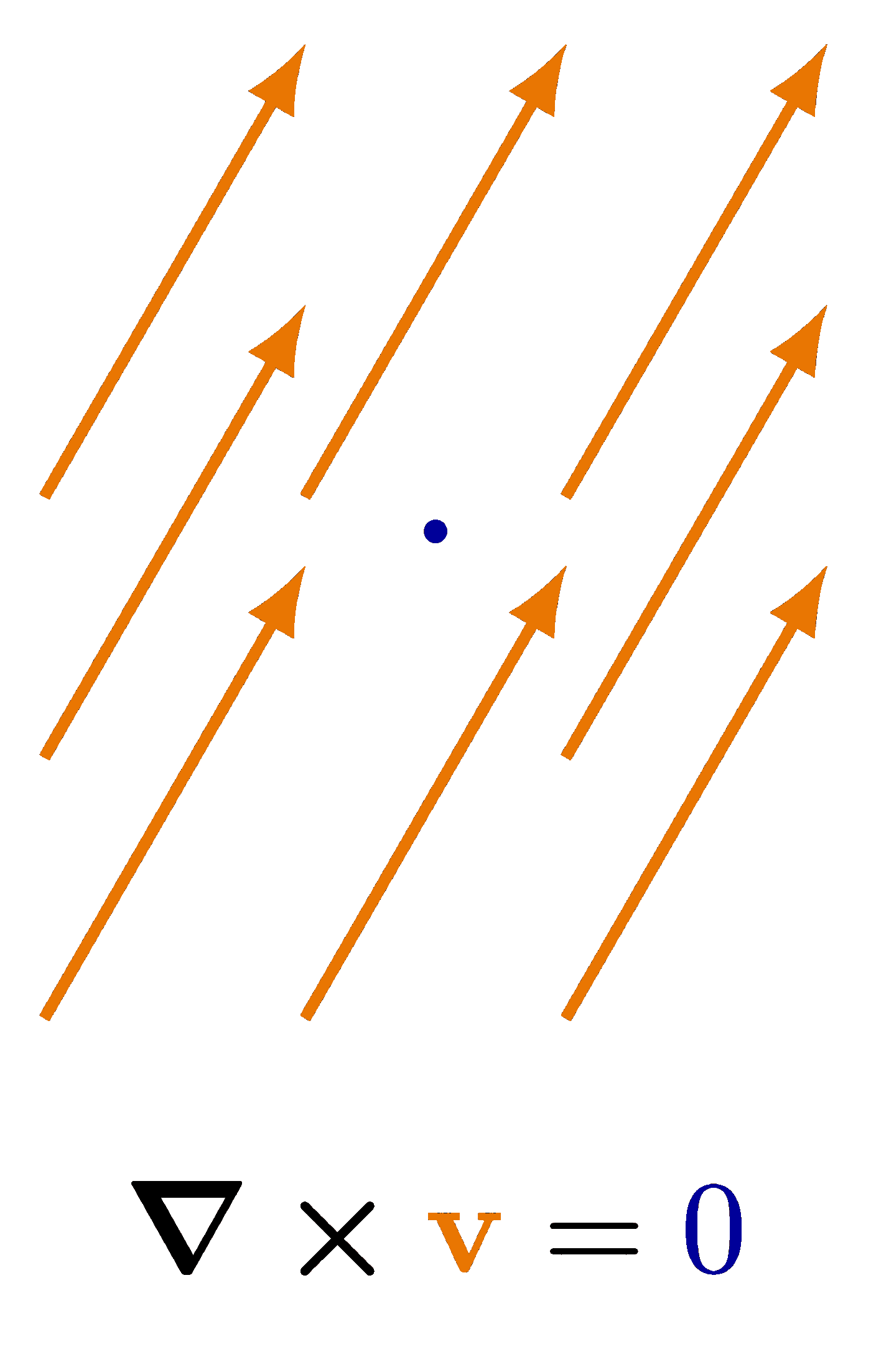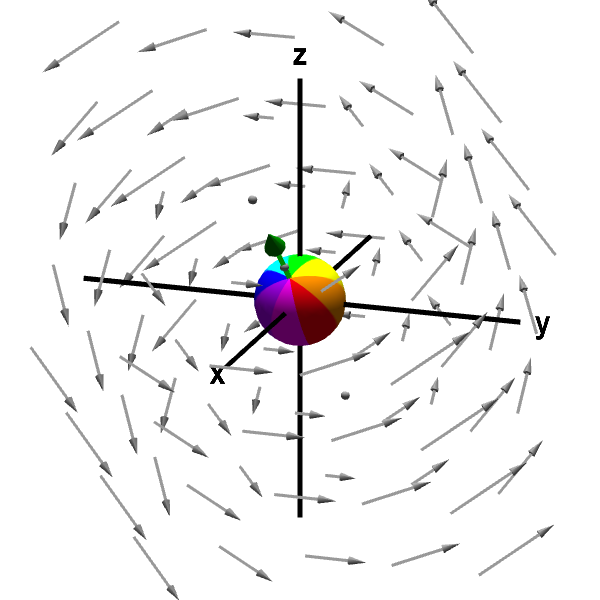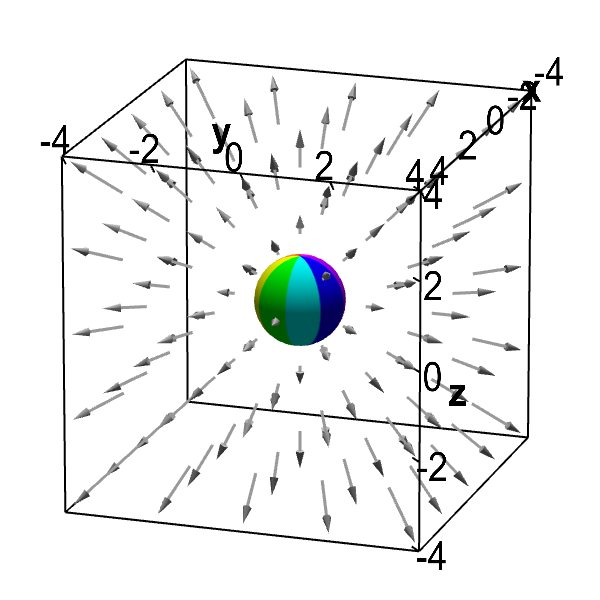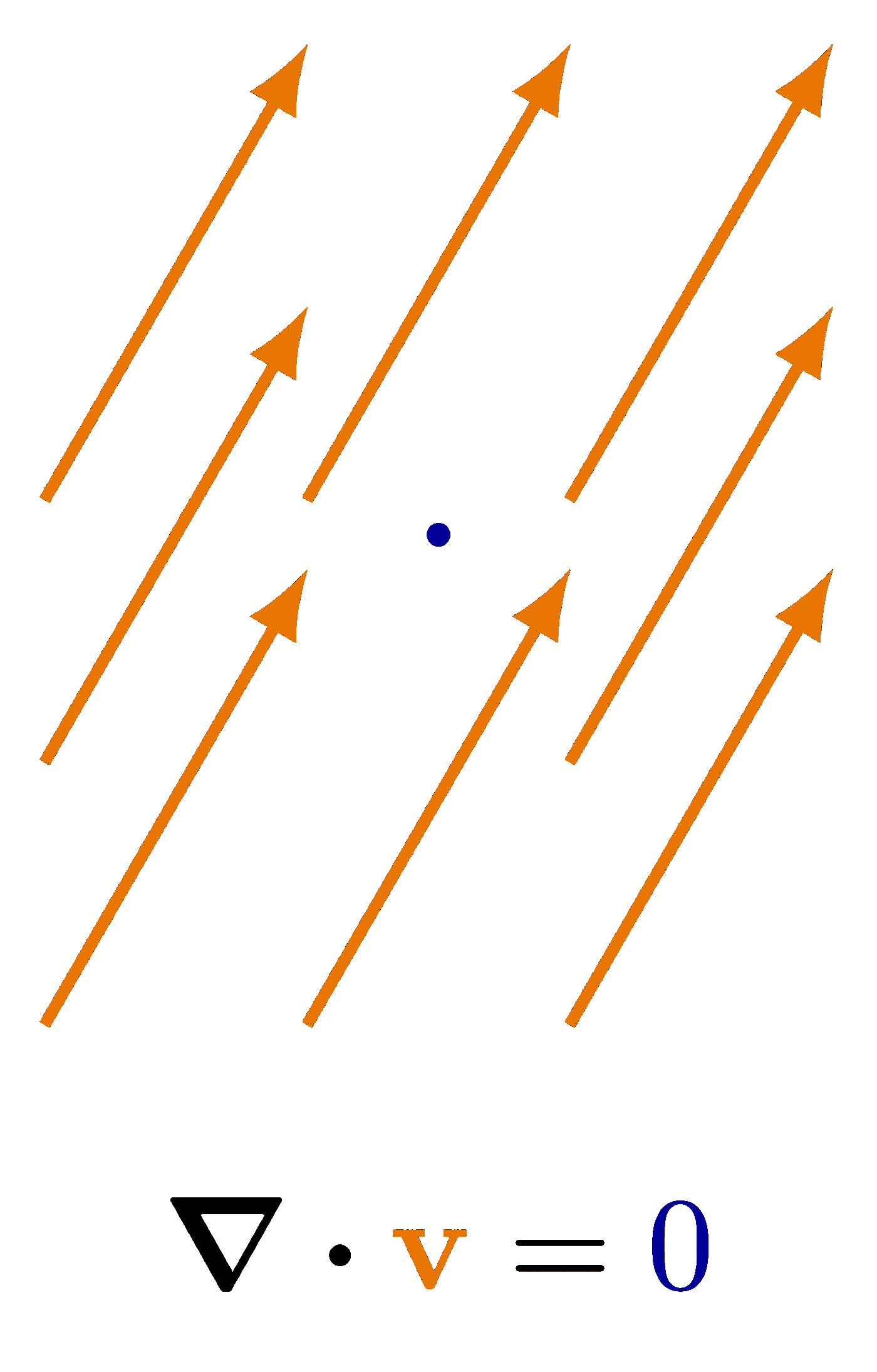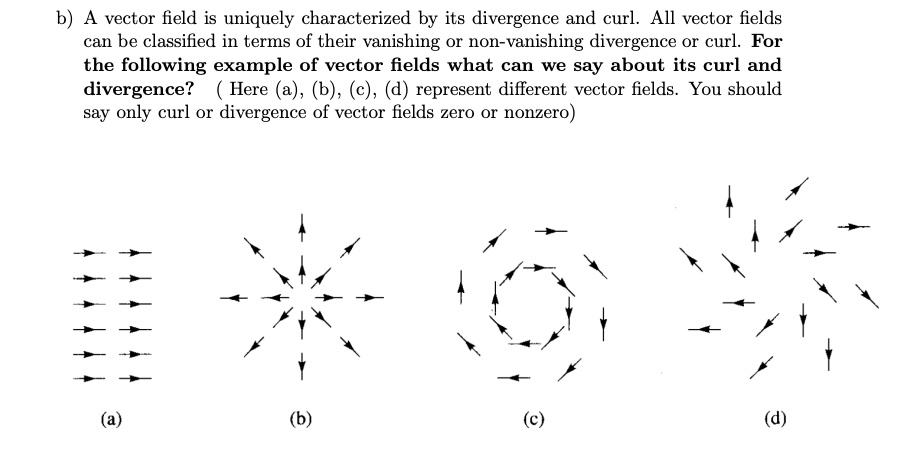Application Of Curl Vector And Divergence Vector Presentation
| Introduction to Curl Vector and Divergence Vector | ||
|---|---|---|
| The curl vector and divergence vector are important mathematical tools used in vector calculus. They provide essential information about the behavior of vector fields in terms of rotation and expansion. Understanding their applications is crucial in various fields such as electromagnetics, fluid dynamics, and heat transfer. | ||
| 1 | ||
| Curl Vector | ||
|---|---|---|
| The curl vector represents the tendency of a vector field to rotate or circulate around a point. It measures the rotation of a vector field at each point in space. The curl vector is denoted by the symbol ∇ × F, where ∇ is the del operator and F is the vector field. | ||
| 2 | ||
| Applications of Curl Vector | ||
|---|---|---|
| In electromagnetics, the curl vector is used to determine the circulation of magnetic fields around conductors. In fluid dynamics, it helps analyze the vorticity and rotational flow patterns in fluids. The curl vector is also applied in computer graphics to simulate realistic fluid motion and turbulence. | ||
| 3 | ||
| Divergence Vector | ||
|---|---|---|
| The divergence vector represents the tendency of a vector field to expand or contract at a point. It measures the flow of a vector field through an infinitesimally small surface surrounding a point. The divergence vector is denoted by the symbol ∇ · F, where ∇ is the del operator and F is the vector field. | ||
| 4 | ||
| Applications of Divergence Vector | ||
|---|---|---|
| In electromagnetics, the divergence vector is used to analyze the flow of electric fields through conductors. In fluid dynamics, it helps determine the rate of flow expansion or contraction in fluids. The divergence vector is also applied in heat transfer to study the distribution of heat sources and sinks. | ||
| 5 | ||
| Relationship between Curl and Divergence | ||
|---|---|---|
| The curl and divergence of a vector field are closely related through the fundamental theorem of vector calculus. The divergence of the curl of a vector field is always zero, ∇ · (∇ × F) = 0. The curl of the gradient of a scalar field is always zero, ∇ × (∇f) = 0. | ||
| 6 | ||
| Further Applications | ||
|---|---|---|
| The curl and divergence vector concepts find applications in mathematical physics, engineering, and computer science. They are used in solving partial differential equations governing various physical phenomena. These concepts are fundamental in understanding Maxwell's equations, which describe electromagnetic fields. | ||
| 7 | ||
| Limitations and Challenges | ||
|---|---|---|
| The application of curl and divergence vectors may be limited in highly complex vector fields. Numerical methods and computational techniques are often required to solve problems involving these vectors. The interpretation of results obtained from curl and divergence calculations requires careful analysis and understanding. | ||
| 8 | ||
| Conclusion | ||
|---|---|---|
| Curl and divergence vectors provide valuable insights into the behavior of vector fields in terms of rotation and expansion. They have wide-ranging applications in diverse fields such as electromagnetics, fluid dynamics, and heat transfer. Understanding and utilizing these concepts are essential for solving complex problems in mathematical physics and engineering. | ||
| 9 | ||
| References (download PPTX file for details) | ||
|---|---|---|
| Insert your references here in the appropriat... Your second bullet... Your third bullet... |  | |
| 10 | ||
